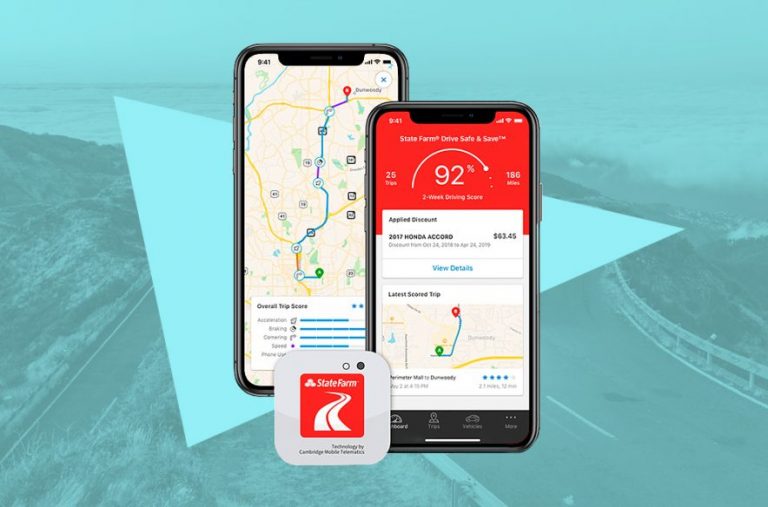As per to Gartner Research Group, it is nearly 2 million American people, as their online bank accounts consists by criminals and hackers. The average loss per customer is about $ 1200. Online Banking is a lucrative market, except for banking, but also criminals. The fact that access to bank account only requires a username and password would mean that someone could easily take advantage of the wealth of another person. It is basically once opened, when you go online authorization. So how does the Criminal Minds do this? Popular search procedure for the credentials of an Online Banking account is called phishing. Phishing scams involve e-mails that look as if they were well-known financial institutions such as PayPal or Bank of America. E-mail is a model that looks like a real bank’s logo and the background of institution. When a man sees that e-mail, it believed to be legitimate e-mail.
Receive an e-mail under false pretenses, giving a reason to catch the website of the bank. For example, e-mail saying that your account was suspended because of an activity. Or that your account has received a large sum of money. Some even say that your Online Banking account has encountered technical problems. It will provide no compelling reason to get your attention. As a response is necessary, there will be a link to a false website asking for sensitive information like credit card numbers, passwords, pins, or password numbers. In fact, it will look and feel of the website real institution so that consumers can be deceived.
Today, banks are trying to combat this type of scam by a number of ways. More banks are also asking the customer to remember, rather than requiring its link to your site. Here are some things that banks did, but perhaps not enough to combat online phishing. What are the best ways to prevent phishing? Learn how to spot a phishing site by reading email at the bottom. If you feel that email is suspicious, do not respond to e-mail or click any links. Call the phone number of your bank of your files.
It examines the e-mail is suspicious e-mail. You may notice that the address is not anything to do with the domain of the bank. Alternatively, you may link to the URL did not even go to the bank URL for the Real. Remember that they are banking (no pun intended) that do not pay attention to detail, because emotions get in the way. Look very carefully at the words and grammar of that very message. This is a spelling error or grammar is not correct? If so, it is likely that your e-mail is a phishing scam. If you are a victim of a phishing scam, you should be proactive. Contact your financial institution immediately and tell them what had happened. Check your account online as well. Make sure that the balance is not reduced. Knowing how to identify phishing scams and how they function will help you prevent the best online bank account is not compromised.










+ There are no comments
Add yours